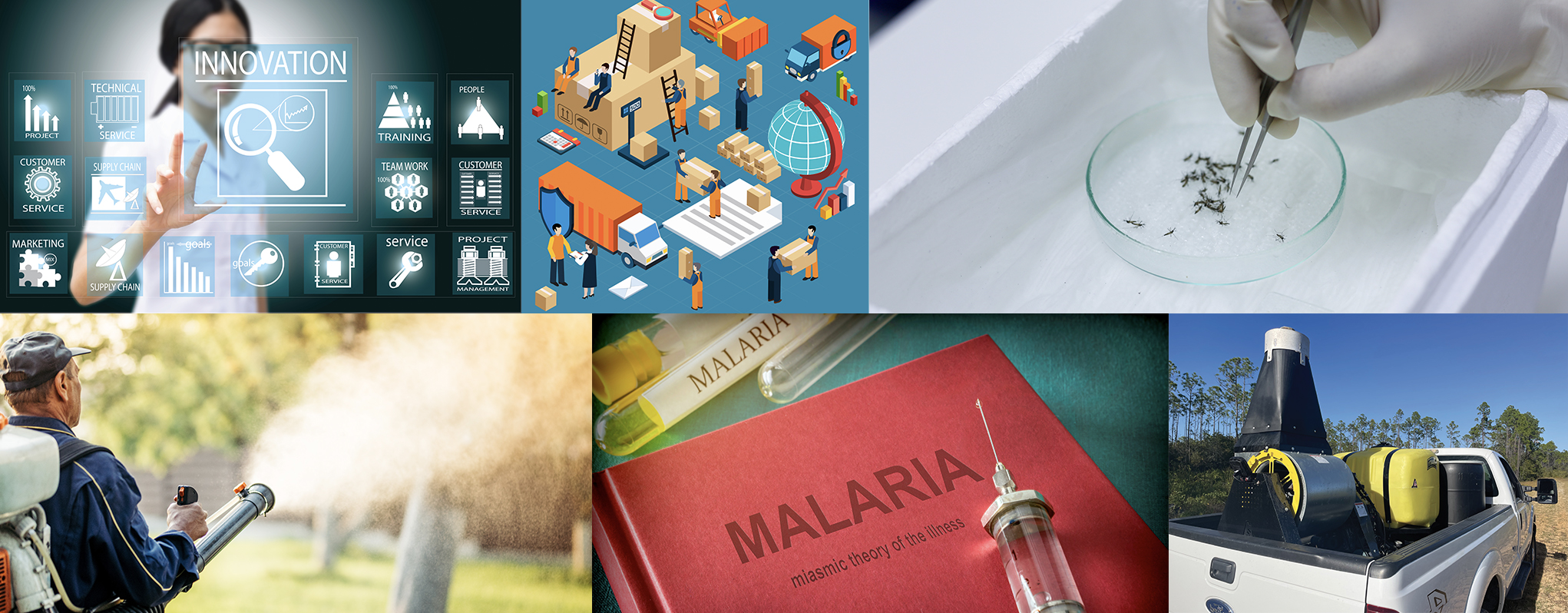Strategizing for the Upcoming Year: Ensuring Effective Mosquito Control
Monitoring and controlling mosquito populations is a critical public health task aimed at preventing the spread of diseases like West Nile virus, Zika virus, Eastern Equine Encephalitis (EEE), and dengue fever. Mosquito Abatement Districts (MADs) work diligently year-round to protect their communities. Strategic preparation ahead of mosquito season is essential to ensure their success. By combining equipment maintenance, inventory management, early-season control measures, and the use of extended residual products, MADs can effectively navigate challenges and ensure efficient mosquito control throughout the year.
Winter Equipment Maintenance
Preparing for the upcoming mosquito season begins in the winter with thorough maintenance of vehicles, sprayers, and other essential equipment. Proper calibration ensures products are applied effectively without waste.
Key Steps for Winter Maintenance:
- Operational Checks: Inspect and repair vehicles and sprayers to ensure they are fully operational for the season.
- Stock Spare Parts: Maintain backup supplies to minimize downtime during the active season.
Completing these tasks in winter and early spring ensures that equipment will perform reliably when mosquito populations begin to rise.
Inventory Management and Product Strategy
Assessing product inventories in winter and early spring is essential to ensure MADs have the right tools for effective mosquito control. Prioritizing extended residual larvicides can maximize efficiency by reducing the need for frequent applications. These products lower labor requirements, save on costs, and provide consistent mosquito management.
Benefits of Extended Residual Products:
- Enhanced Efficiency: Fewer applications needed for effective control.
- Cost-Effectiveness: Lower labor, fuel, and operational expenses.
- Improved Public Health Outcomes: Reliable protection against mosquito-borne diseases.
- Longer Protection: Extended control in challenging or hard-to-reach areas.
Recommended Products from Central Life Sciences:
- Altosid® P35
- Altosid XR-G® Ultra
- Duplex-G™ Larvicide
- Altosid® XR Extended Residual Briquets & FourStar® Briquets
- FourStar® Bti CRG
For situations where adult mosquito populations spike or disease outbreaks occur, using liquid adulticides alongside larvicides ensures comprehensive control. Central Life Sciences offers a range of liquid formulations suitable for various applications:
- Altosid® Liquid Larvicide Mosquito Growth Regulator (SR-5)
- Altosid® Liquid Larvicide Concentrate (SR-20)
- Zenivex® E20
- Zenivex® E4 RTU
- Aqua Zenivex™ E20
Early-Season Control Measures
Early in the season, the focus should be on monitoring larval populations as the warmer temperatures and rain in the spring create ideal breeding conditions for mosquitoes. Mosquito control programs often find success using larvicides to suppress mosquito populations during this time. Additionally, public education efforts should ramp up to increase awareness of mosquito-borne diseases and prevention methods. Coordinating with local media outlets for coverage can help inform the community about what they can do to prevent mosquito breeding around their homes.
Key Early-Season Strategies:
- Ensure sprayers are correctly calibrated to apply the right amount of product.
- Regularly check for mosquito larvae in standing water sources.
- Apply larvicides to breeding sites to reduce mosquito populations before they reach adulthood.
Mid- and Late-Season Control Measures
By mid-to-late season, mosquito populations and disease risks typically spike. Applying a high-efficacy, reduced-risk adulticide alongside larvicides can provide quick and effective control. The most successful programs integrate both larvicides and adulticides to combat disease vectors and nuisance mosquitoes.
Key Mid- and Late-Season Strategies:
- Use adulticides to achieve immediate relief against disease-carrying mosquitoes.
- Combine larvicides and adulticides for comprehensive mosquito management.
Pre- or Off-Season Control Measures
Many essential activities for a successful mosquito control program occur during the "off season" when mosquitoes are not active. These activities include:
- Staff Training and Certification: Ensure all team members are trained and certified.
- Equipment Purchase, Repair, and Calibration: Maintain and upgrade tools as necessary.
- Budgeting and Financial Planning: Allocate resources effectively for the year ahead.
- Data Analysis: Review previous season data to identify areas for improvement.
- Source Reduction: Remove potential breeding sites where possible.
A Comprehensive Approach for the Year Ahead:
- Winter Maintenance: Ensure equipment is calibrated, operational, and ready.
- Inventory Management: Stock extended residual products to maximize efficiency.
- Early-Season Control: Implement larvicides and check standing water.
- Mid- and Late-Season Control: Integrate larvicides and adulticides for comprehensive management.
- Continuous Learning: Stay updated on industry developments.
By combining these elements, MADs can effectively control mosquito populations, mitigate health risks, and protect their communities throughout the year. With the right preparation, tools, and strategies, public health officials can confidently tackle the challenges of the upcoming mosquito season.







